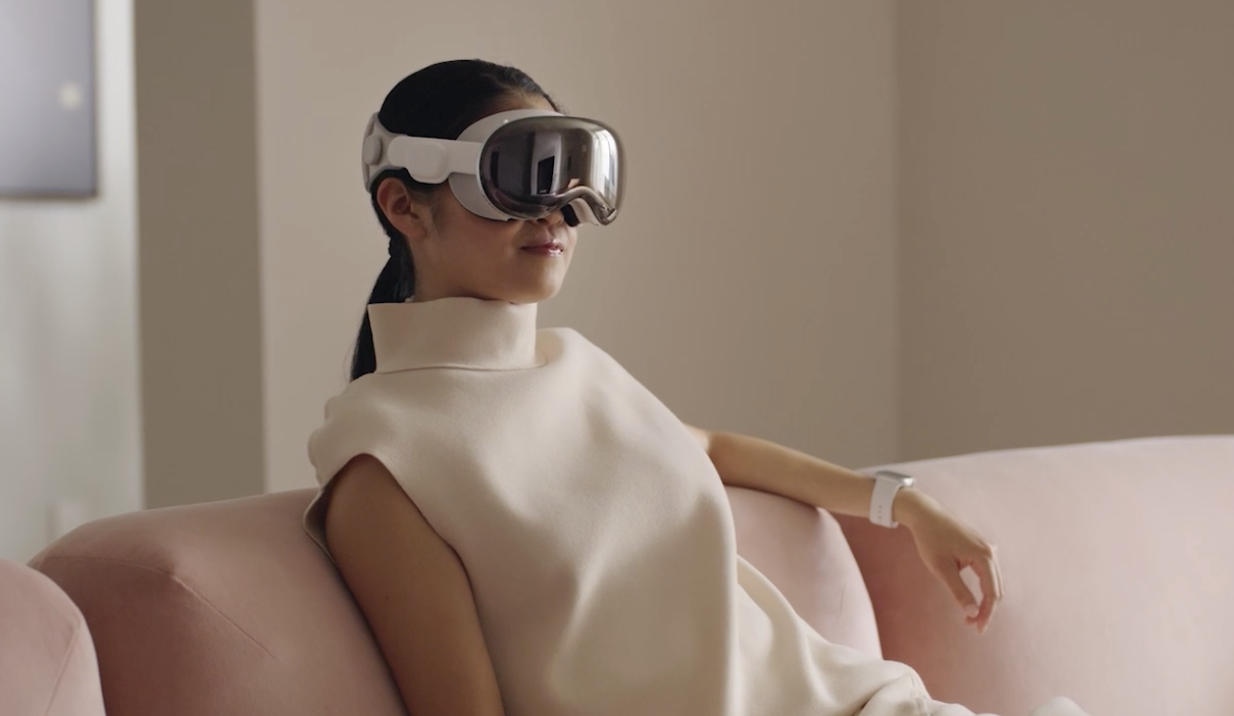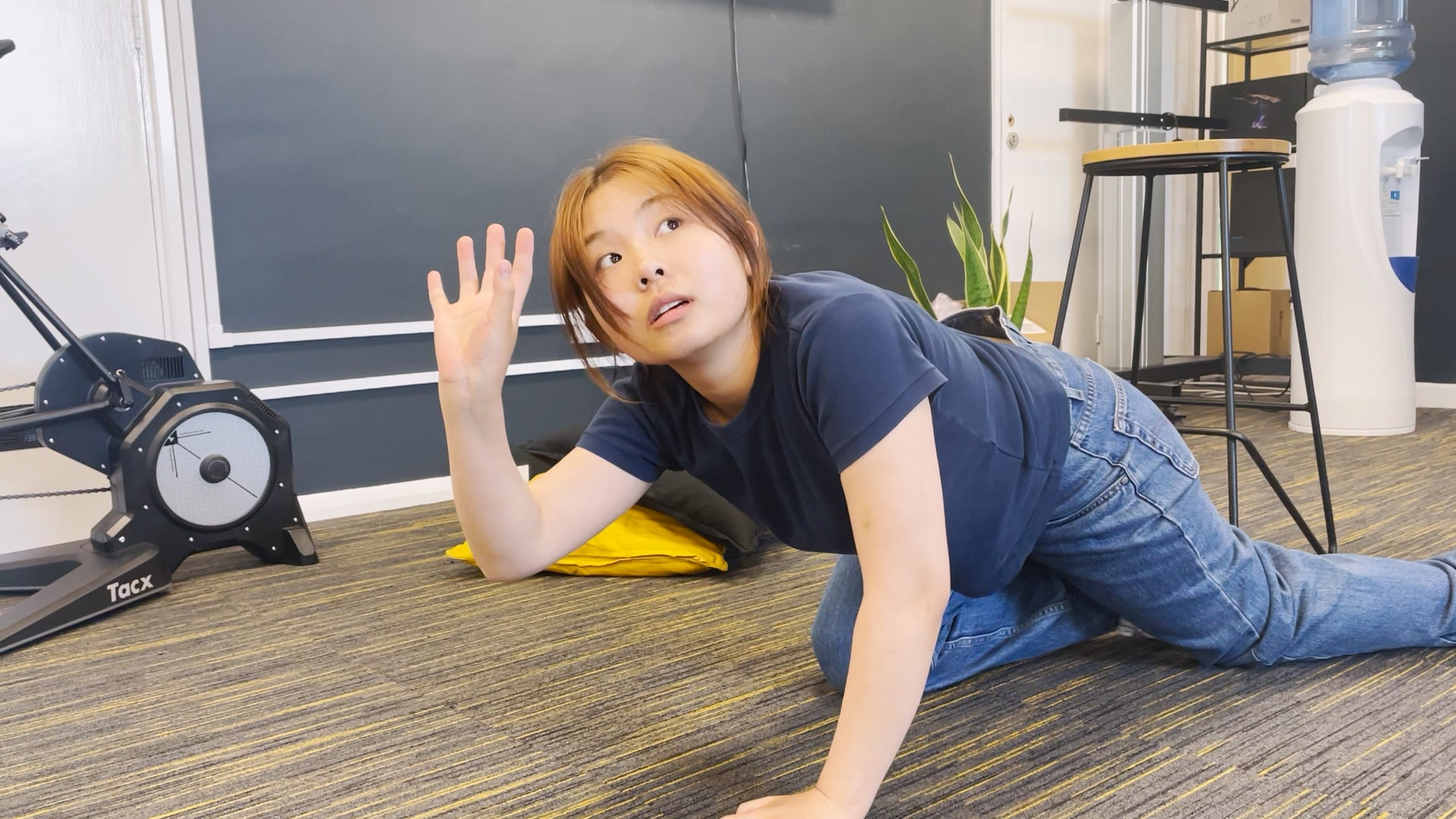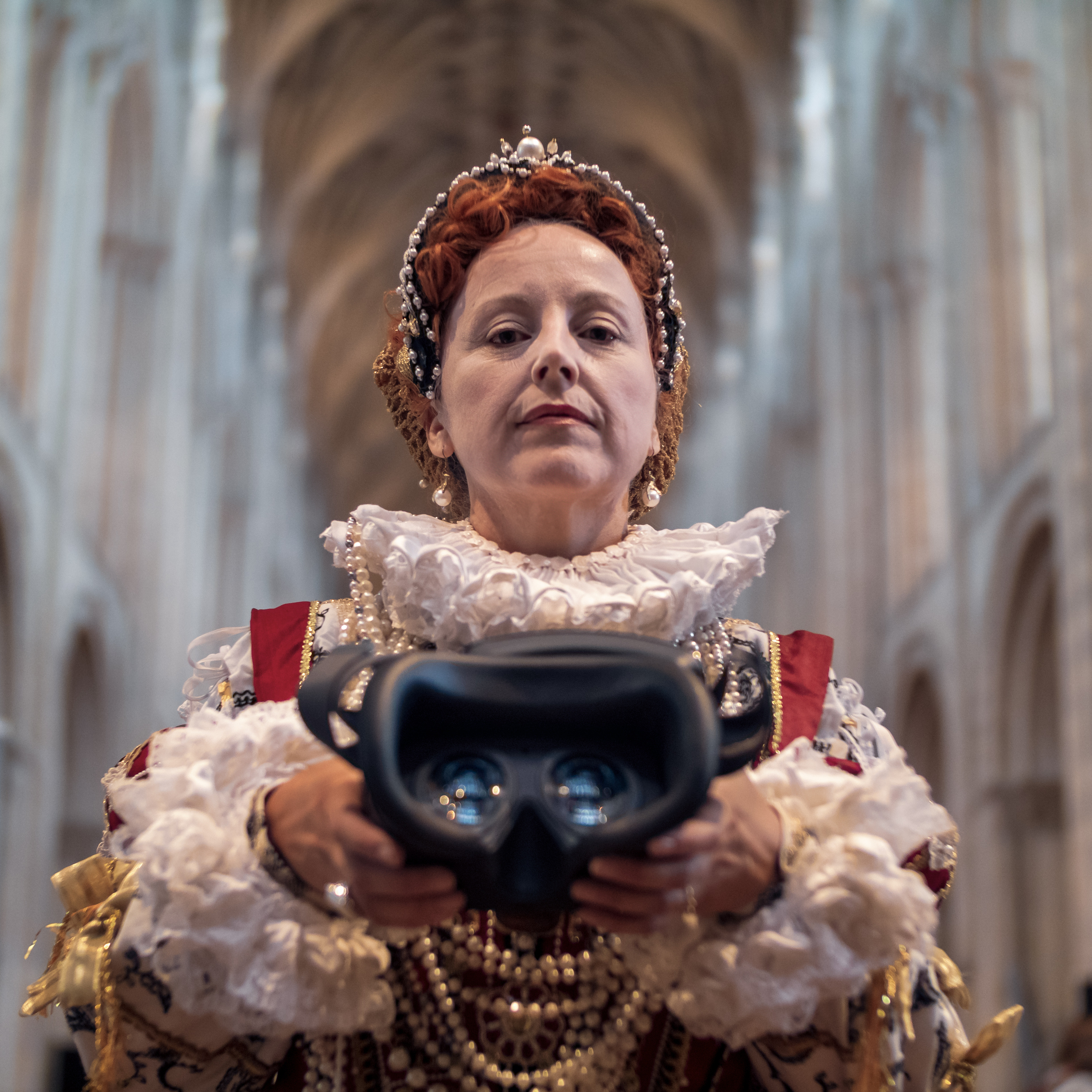Knowledge Base
14th April 2021
6DoF vs 3DoF
With easy access to AR through smartphones, 360º video support on YouTube, Vimeo and Facebook, and VR usage up by a hefty 63% in 2020 alone, it’s fair to say that immersive experiences have hit the mainstream. However, as with any new tech, it comes with new terminology. Here we look at what we mean by degrees of freedom (DoF) and, specifically, how they influence an immersive experience.
What are degrees of freedom?
Degrees of freedom (DoF) is a term used to describe motion around or along an axis (a fixed line of reference). For example, bending your knee is one degree of freedom – so is the Earth rotating around its axis. In a 3D world like ours, all objects around us can move in a total of 6 ways – 3 rotational and 3 directional axes. This is called 6DoF – 6 degrees of freedom.
What’s that got to do with VR?
In virtual reality experiences, degrees of freedom refers to tracked axes within the experience – the headset monitors changes in angles or distances on the axes so it understands where you’re moving. And with VR, you’ve got two options:.
3DoF
3 degrees of freedom is when the three axes around which an object can be rotated are tracked. This is called orientation tracking and allows you to look around an environment in VR or 360 degrees. Standalone headsets such as the Pico Goblin and the Oculus Go give you 3DoF – letting you look in any direction you like.
6DoF
This is when all axes are tracked, giving you the same freedom of movement as you get in the real world. Not only can you look all around you, but you can move forward, back, down, up and side-to-side too. This effect is created by the hardware tracking the orientation axes in conjunction with the position of the headset, recreating the movement you’re used to in everyday life.
Why does this matter?
These are a few reasons why it’s important to understand the distinction between 3DoF and 6DoF:
Different tech does different things
Some immersive experiences are only possible in 3DoF, including nearly all 360º video. This is because when you watch a 360º video, you can only see what the camera sees – so while you can look around in every direction, you can’t move further within that environment. And while 3D ‘volumetric’ video is possible, it’s not currently widely-available or particularly affordable. On the other hand, CGI VR experiences can be created in 6DoF, enabling complete freedom of movement but in an environment that needs to be modelled and animated, rather than filmed.
Budget considerations
3DoF experiences are cheaper simply because they’re easier. Whether filmed or animated, 3DoF follows a single camera view throughout an experience and the user can view it from any angle, but cannot move completely freely within that environment. However, it’s still an engaging and immersive way to tell stories in the 360º space.
In VR, 6DoF experiences are generally more expensive because they require more complex modelling, animation and tracking – which often gives these projects a longer lead-time. However, because they give you the most natural form of movement within the experience, they are highly realistic and give the more immersive experience.
Creating the optimum experience
Whether you should choose a 3DoF or a 6DoF experience depends on what your experience is setting out to achieve. While both options offer highly immersive, absorbing and exciting experiences, 6DoF is better for simulated environments where the user determines the action – such as training simulations or games – while 3DoF experiences offer a great way to give a virtual tour or tell a brand story where the user has a less active role.
Choosing your route will also depend on the hardware – for example if you’re using 3DoF headsets or 6DoF-enabled headsets such as the Oculus Quest and Pico Neo – as well as your timescales and project budget.
And that’s where we can help
We’re more than happy to advise you on the best solution for your needs so you can create the optimum immersive experience.

After studying Fine Art at university, Jason moved into sales and marketing. He’s worked both client and agency side and has over 20 years’ experience of business development in the marketing sector, working with brands such as GSK, Linden Homes, Centre Parcs, Triumph and The University of East Anglia. Jason is a husband, father to two boys and, when time permits, enjoys cycling and paddle boarding.
More from the Knowledge Hub
Do you have a message you want to convey? A situation that needs simulating, or an audience that needs reaching? Whatever your challenge – we have the ideas, the experience, and the equipment to help.



